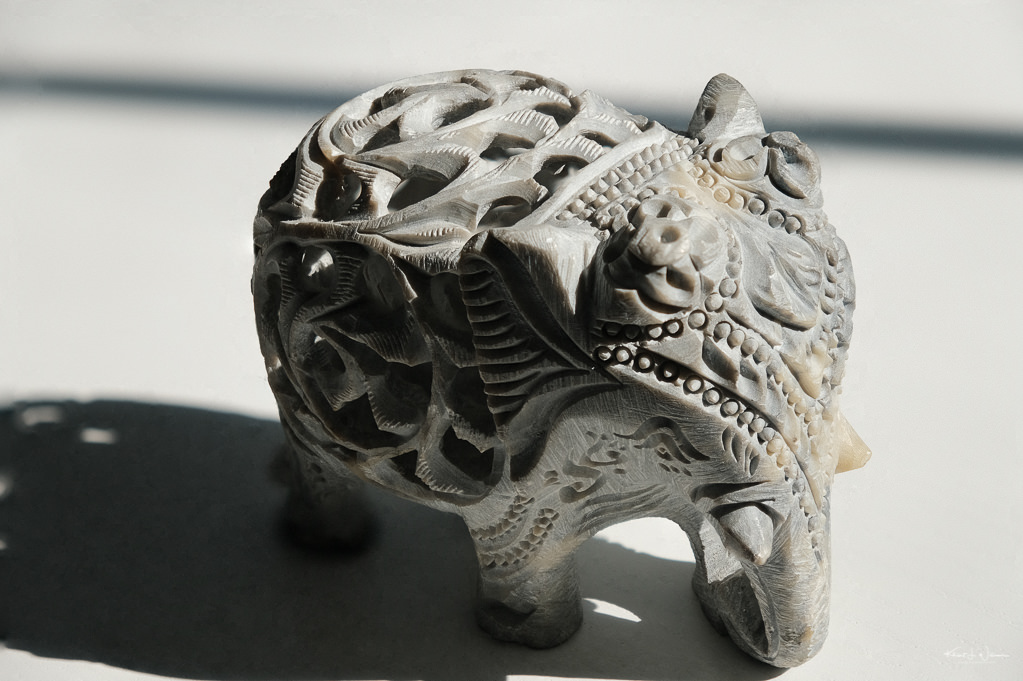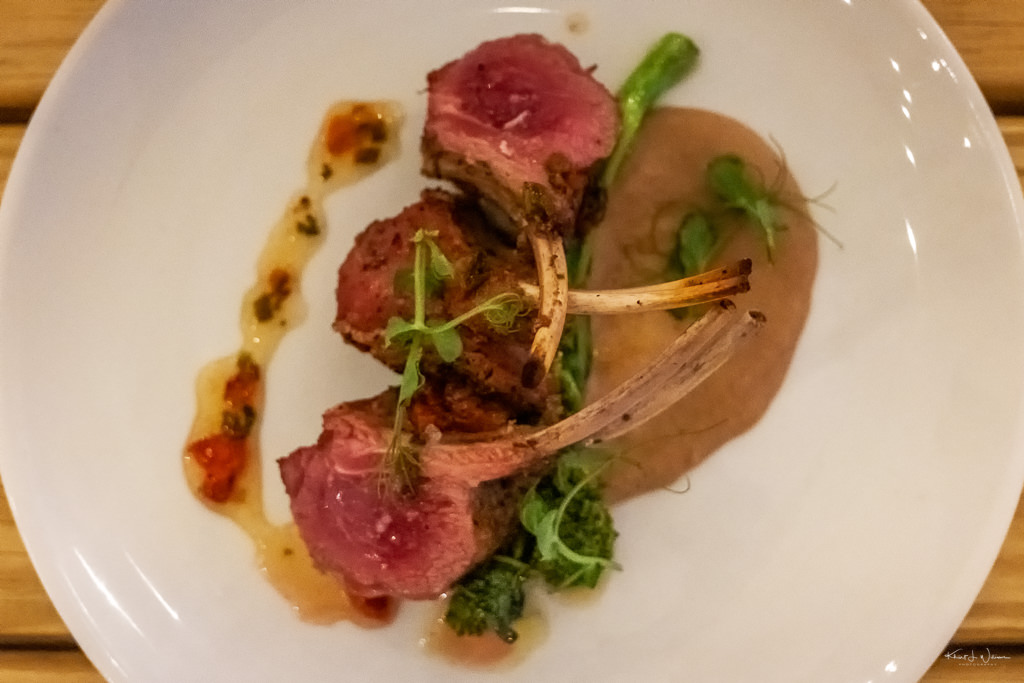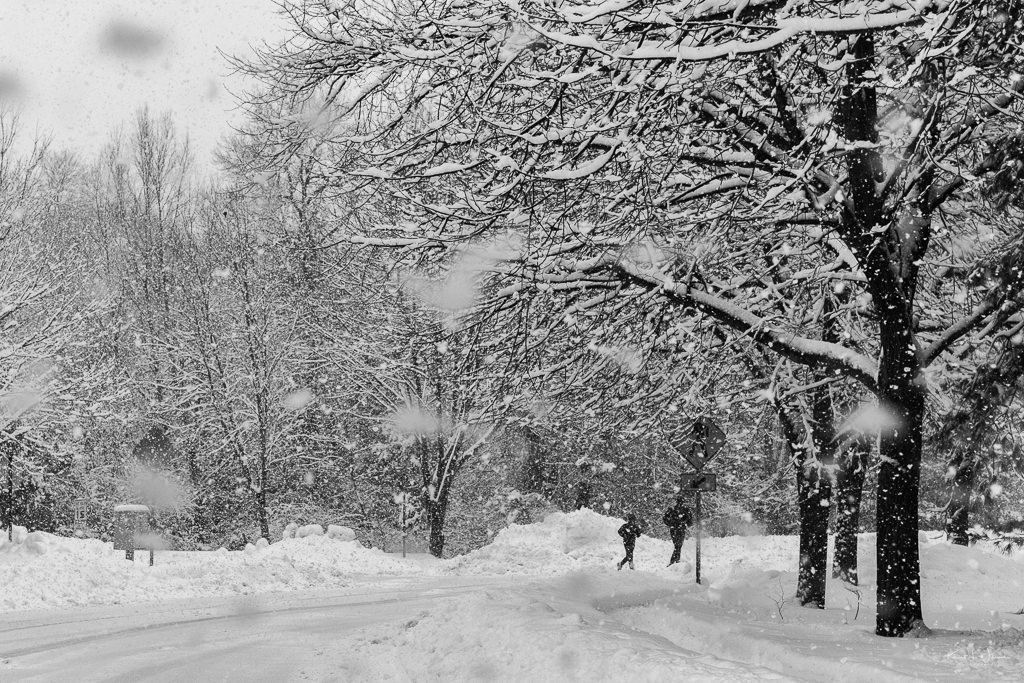I know it's almost Springtime renewal when "rack of lamb" is on the menu at Brick Farm Tavern.
Tag: fpjphotochallenge
Focus Stacking
Taking close-up photos can be tricky when you want the whole image to be sharp. However, using a method called focus bracketing, then stacking and blending the photos later, can give you a clear picture of where the subjects are in focus.
Upon seeing Frank's chosen word, 'stack', the Fuji X-T2's 'bracketing' function sprang to mind. Sharp images from front to back can be tough in macro and close-up photos. Yet, by using focus bracketing and then stacking and blending photos in editing, we can create sharp, focused images.
Two years ago, I bought a second-hand Fuji X-T2 camera. My budget only allowed me to buy the camera body and one lens, specifically the Fujinon XF16-55mmF2.8 R LM WR. I was also interested in macro photography, and two lenses caught my attention: the Fujinon XF60mmF2.8 R LM OIS WR Macro and the Fujinon XF80mmF2.8 R LM OIS WR Macro. However, their high prices held me back.
An extension tube, a tool I'd previously used with my Nikon D5100 for close-up shots, seemed a viable alternative. But then I remembered the difficulty I had experienced with focus stacking when using extension tubes. This technique, used to increase the depth of field in macro photography, became more complex with the addition of tubes.
Last August, I rented and tested the XF80mmF2.8 R LM OIS WR Macro lens. Following that experience, I concluded it would be more beneficial to save my money and plan my budget towards buying a dedicated Fujinon macro lens in the long run. This decision was based on the superior performance and convenience I experienced with the native Fujinon macro lens I rented.
Fujifilm X-series cameras use APS-C sensors which have a 1.52 crop factor. When you use the Fujinon XF16-55mmF2.8 R LM WR lens with these cameras, you get a focal length equivalent to 24-85mm, as seen on a standard 35mm camera sensor. This is quite similar to typical "standard" zoom lenses, which usually have a 24-70mm focal range.
The Fujinon XF16-55mmF2.8 R LM WR lens has a minimum focusing distance of about 30cm. This isn't as near the 25cm minimum focusing distance of the Fujinon XF80mmF2.8 R LM OIS WR Macro lens. However, it is slightly nearer than the 26.7cm minimum focusing distance of the XF60mmF2.4 R Macro lens. Moreover, the 55mm focal length of the Fujinon XF16-55mmF2.8 R LM WR lens is quite close to the 60mm focal length of the XF60mmF2.4 R Macro lens. This means I could use the XF16-55mmF2.8 R LM WR lens to create detailed close-up images using a technique known as focus stacking.
With a quick refresher on photo stacking in Adobe Lightroom, I picked a few objects, slapped them on the L-bracket, and set up my tripod to use the light from the kitchen window. On the Fuji X-T2, the focus bracketing (FOCUS BKT) setting is in the SHOOTING SETTING -> DRIVE SETTING -> BKT SETTING menu. Scroll and select FOCUS BKT. My shooting setup was FRAMES 50, STEP 5, INTERVAL 0, with my image quality set to RAW + FINE JPEG. I put the lens aperture and focal length to 2.8 and 55mm, respectively. I set the camera to auto-focus and auto-exposure with ISO 200.

After importing the JPEG images into Adobe Lightroom, I selected the photos I wanted to stack from the Librarmomodule's filmstrip. I clicked Photo->Edit in->Open as Layers in Photoshop to open the selected photos in Adobe Photoshop from the Lightroom menu. Once in Photoshop, I selected all the layers in the Layers panel, then clicked Edit->Auto-Align Layers in the menu. I was sure to have selected Auto in the Auto-Align Layers dialogue before pressing OK. The Auto-Align Layers process took over 10 minutes on my iMac (27-inch, Late 2013, 3.5 GHz Quad-Core Intel Core i7,32 GB 1600 MHz DDR3, NVIDIA GeForce GTX 780M 4 GB). I surmised that photo stacking the JPEG images would take even longer.
I selected all the layers in the group and then clicked Edit -> Auto-Blend Layers from the Photoshop menu. In the dialogue, I selected Stack Images and clicked OK. The process consumed an additional 10 minutes. When completed, I had my focus-stacked image shown as a layer mask. The resultant image was too large to save back to Lightroom, so I flattened the layers into one.
What do you think of the results? Have you used focus stacking in your macro photography?
Assemble
The last few weeks, I am challenged to assemble the words to express my feelings.



